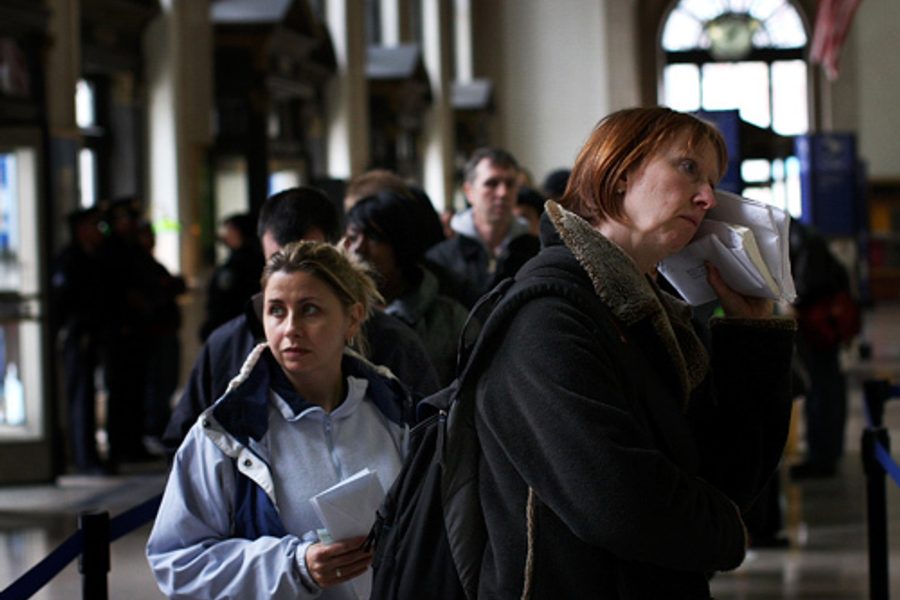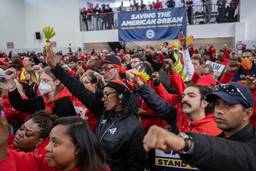
It’s time to fleece the working poor again.
That’s what happens to numbers of working poor who eagerly look forward this time of the year to getting money back from Washington because they earned so little the year before.
The problem isn’t in Washington, however. The problem is with the tax preparers, payday loan businesses, check-cashing operations, banks and others that offer to give money-hungry low-income workers their tax refunds ahead of time.
These businesses have learned how to take advantage of a 25-year-old program, called the Earned Income Tax Credit. The idea of the program was to give a quick financial boost to low-income workers who need it.
The businesses’ pitch to taxpayers is that all they need to do is take out a short-term loan, lasting often only two weeks, pay some fees to get the loans, and they can have their refund. Why wait for the government to give you your money?, they say.
But the rates for these loans, adjusted annually, can range from 83 to 161 percent, according to a 2009 report by the Ninth Federal Reserve District.
In 2006, nearly two-thirds of the taxpayers who took out these so-called Refund Anticipation Loans, or RALs, were folks who qualified for the tax credits as working poor, the 2009 report said.
Who uses these loans?
In Illinois, a study by the Chicago-based Woodstock Institute recently pointed out that black taxpayers overall were the highest percentage users of RALs in 2006. And among black taxpayers who qualified for the Earned Income Tax Credit, 70 percent took out RALs, the study said.
In New York City, seven out of 10 RALs were taken out in 2007 by persons living in black or Latino neighborhoods, according to a recent study by the Neighborhood Economic Development Advocacy Project (NEDAP).
And the economically depressed South Bronx was the community that led all others in New York City in 2007 in the percentage of taxpayers who took out RALs, according to the NEDAP study.
Adding up the fees collected for the tax preparations and the RALs as well, the Children’s Defense Fund last year calculated that businesses took in over $3 billion.
What can be done to stop this money from flowing from the pockets of the working poor?
One, many of these taxpayers shouldn’t have to pay someone to do their taxes. If more free tax services available, and if these workers know where to find them, then that would help make a difference.
Two, there should be laws regulating these loans, but only an estimated dozen states have laws controlling RALs.
Three, local banks and credit unions can step forward with special designed low cost loans, taking the attraction away from the higher cost RALs. Indeed, there’s been an effort around the country to set up such programs. But their numbers are still few.
So, until the Washington passes true financial credit reform laws, and the states put these RALs under their controls, and others step forward to help out the working poor, it will be the same story.
Come tax season, it will be time once again to fleece the working poor.
A former labor writer for the Chicago Tribune, Stephen Franklin is a Pulitzer Prize finalist and an adjunct professor at the University of Illinois Urbana-Champaign School of Labor and Employment Relations.







